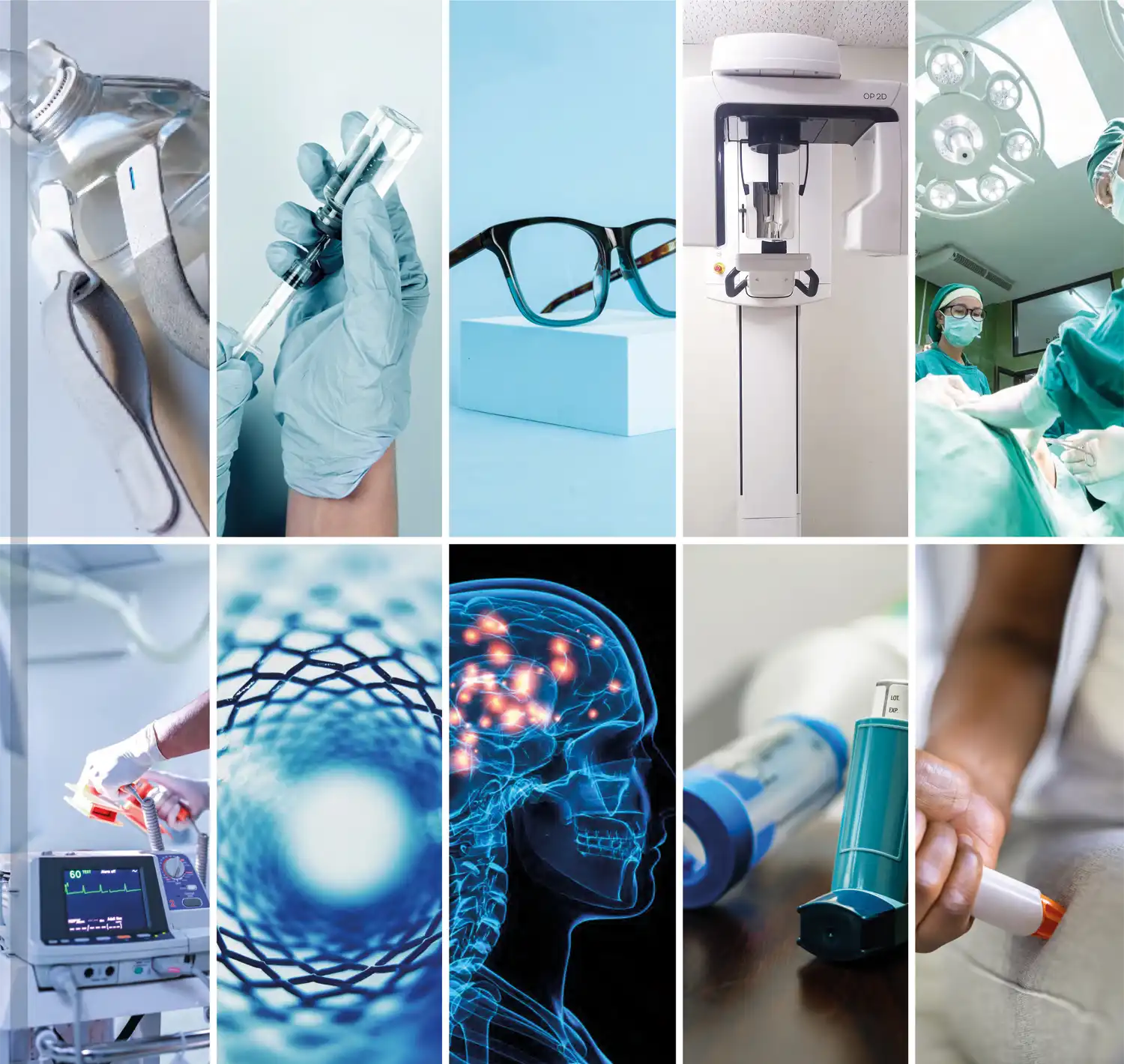MedTech IP
Julian Asquith | Robecca Davey | Greg Carty-Hornsby

Sneak peak inside the MedTech IP E-Book:
Don’t be afraid to burn the midnight oil: Additive Manufacturing and MedTech
3D printing is now widely used in a variety of MedTech areas, for example in the manufacture of custom-fit artificial limbs (prostheses), external supporting devices (orthoses) and implants for operations and dental procedures. Additive manufacturing (a more general term, which includes 3D printing) also allows the production of customised drugs by printing a patient-specific mix of drugs into a single pill. There are a number of special considerations to take into account when patenting inventions relating to additive manufacturing / 3D printing.
First, it is important to realise that almost all products can, at least in principle, now be produced by 3D printing technologies, and this allows interconnecting parts to be produced with structures which were not previously practical or possible. Such structures must be foreseen when drafting patent claims to ensure that they fall within the scope of the claims.
Secondly, 3D printing uses computer files which may be copied and transmitted quite separately from the products themselves. For this reason, when patenting inventions relating to 3D printing it is important to include claims which protect these files, and/or which will be infringed if such files are used.
Computer simulations are often used when designing medical items to be 3D printed. In 2021 there was a significant change in the law when the Enlarged Board of Appeal of the European Patent Office decision G1/19 relating to computer simulations. Under the new law, claims to simulations must in effect specify what practical use is made of the simulation, and such practical uses must also be given in the description of the patent specification.
Let’s take a look at an example of a patent for a personalised heart stent, which was made possible by the work of a remarkable young engineer in 1983…
To view more from the MedTech IP E-Book, Click below.

